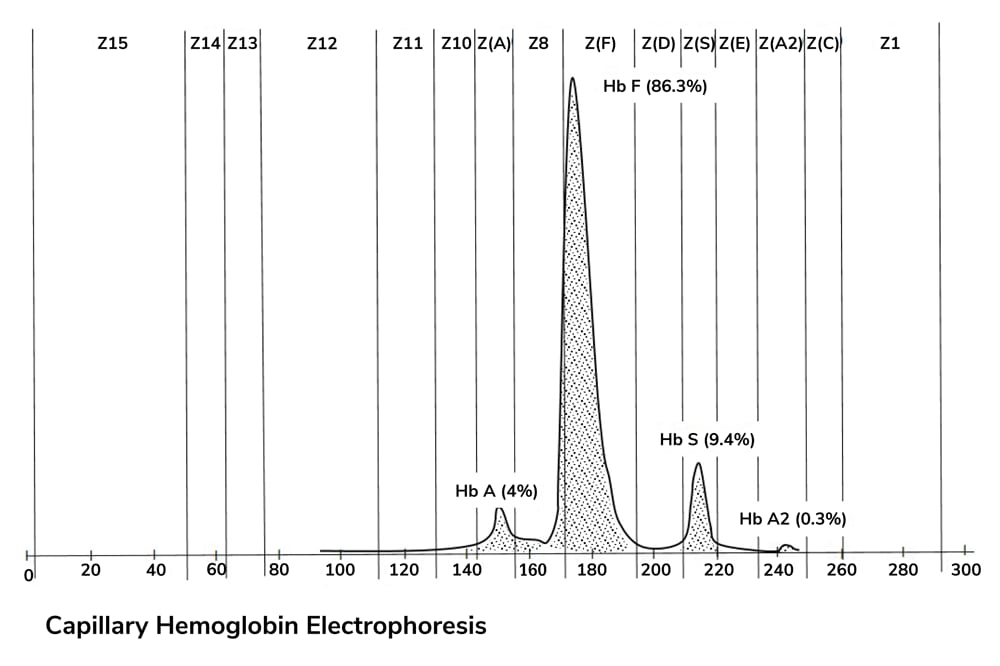A study published in Nature Medicine reports that biological indicators of multiple sclerosis (MS) may appear years before the first clinical symptoms. Using high-throughput serum proteomics, researchers identified a sequence of neurological changes suggesting that myelin injury precedes axonal damage and that astrocyte involvement emerges only at the time of symptom onset.
The researchers analyzed stored serum samples from individuals who later developed MS, comparing them with samples from matched healthy controls. Their goal was to define the biological onset of the disease – when molecular changes begin before clinical manifestation.
The proteomic analysis revealed signs of myelin injury approximately seven years before symptom onset, followed by evidence of axonal injury about one year later. In contrast, astrocyte-related changes, typically associated with neuroinflammatory activity, appeared only once symptoms developed. This sequence suggests that demyelination may be an early and distinct event in MS pathogenesis, occurring well before axonal damage or glial activation becomes detectable.
Beyond structural injury markers, the team identified alterations in immune-related signaling pathways, including those involving interleukin-3 (IL-3) and nuclear factor kappa B (NF-κB), during the presymptomatic stage. These findings indicate that immune activation may begin long before neurological symptoms arise.
Participants with a previously described autoantibody signature also showed increased immune cell activity compared with those without, suggesting variability in early immune responses among individuals who later develop MS.
Based on these findings, the authors proposed a candidate biomarker panel that may help distinguish individuals in a presymptomatic phase of MS from healthy controls. If validated, such a tool could support earlier identification of high-risk individuals and improve recruitment for preventive clinical studies. The authors emphasize that further validation in larger, more diverse cohorts is necessary before these markers can be applied in diagnostic settings.
This study highlights the potential of serum proteomics in characterizing early disease processes – particularly for conditions in which clinical symptoms emerge only after significant tissue injury. It also highlights the value of longitudinal biobanks for mapping the molecular chronology of disease.
By defining early biological events that precede MS onset, this research provides insight into the timing and sequence of central nervous system injury, informing future strategies for early detection and disease monitoring.




